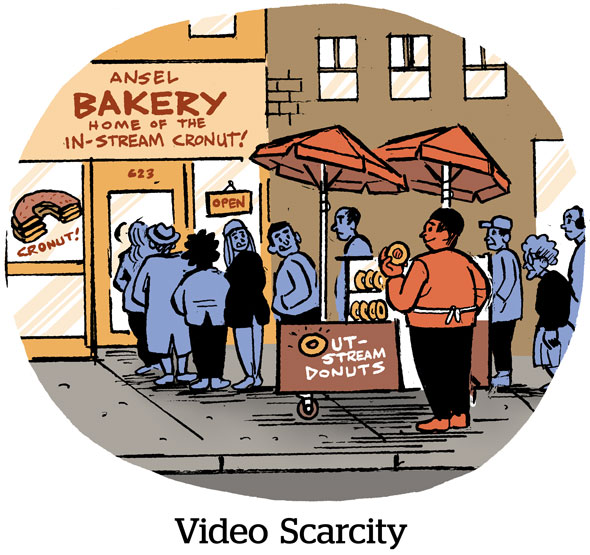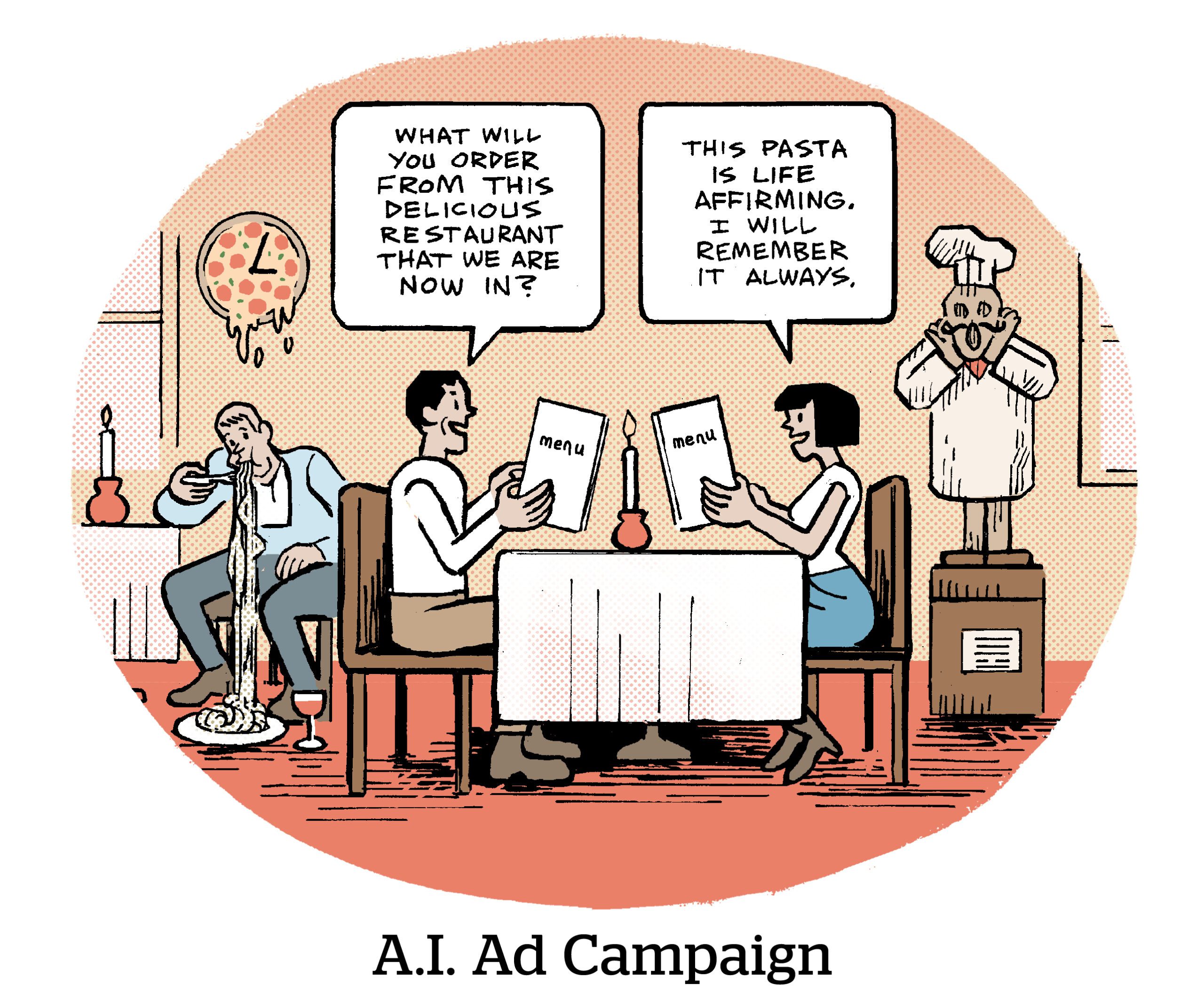
Here’s today’s AdExchanger.com news round-up… Want it by email? Sign up here.
Video Jockeys
The Trade Desk publicly adopted the IAB Tech Lab’s new video protocols, which create more specificity around the type of online video ads being bought, Adweek reports.
The news worried some publishers who run low-quality videos, like easily ignored spots or units despised by users (think full-screen takeovers that interrupt the browsing experience). As Adweek notes, the announcement is noteworthy in and of itself, as The Trade Desk comes into its own as a decider in programmatic with enough demand to essentially force something to become the default and for publishers to adopt.
This is also part of a priority for DSPs to get clearer vision into online video ads.
A key advantage with OpenPath adoption for TTD is the code-on-page visibility into video ad units.
Did this user — after being referred by a Taboola ad, then greeted by a video – immediately exit the page? Does the video play sound on or off? Are there multiple video players on the page?
Advertisers want to see these details, but they currently can’t in the OpenRTB system.
Trapped In Their Web
When all we know is what we’ve had, it’s hard to see clearly how the web could have been a better place for people, publishers and advertisers. But business tactics by Apple and Google make that nearly impossible.
The Verge has an autopsy report on Google’s Accelerated Mobile Pages (which still exist, but are reviled), a Trojan horse foisted upon the internet under the guise of fast-loading mobile pages.
AMP directs traffic through a Google URL. But in 2021, unredacted files in an antitrust suit by US attorneys general revealed Google had tampered with auctions to favor AMP inventory as part of its plan to quash header bidding.
Google AMP, meanwhile, was the poison ivy that grew out of Apple’s fertilizer as it forced progressive web apps to die on the vine.
PWAs made sites quicker, more responsive and more like how apps use the full screen and smartphone functionalities. But Apple’s priority is for people to use apps, with Apple’s 30% cut, not for sites to win users back to the web, where Apple earns nothing.
High Hopes
As marijuana and CBD use becomes more mainstream and regulations loosen, cannabis advertisers are pushing to search and social media ad platforms such as Twitter, Google and Pinterest, where there used to be rules forbidding campaigns, Digiday reports.
Meta, Pinterest and Google are still dipping a toe in cannabis. Or they’re not inhaling, let’s say. All three allow hemp products, while Google and Pinterest are OK with CBD.
Twitter, not surprisingly, changed its rules under CEO Elon Musk’s leadership to allow cannabis brands and their products to be pictured in ads. But it hasn’t helped, as many mainstream advertisers pulled the rip cord on Twitter due to brand-safety issues, and crypto advertisers, which would have been a pillar for post-Musk Twitter revenue, have run dry.
Twitter is willing to accept some risks for the benefit of growth-mode cannabis budgets.
But Wait, There’s More!
How much TikTok pays for views, according to creators. [Insider]
Amazon’s latest AI acquisition is for podcasts on Amazon Music. [CNET]
The global battle to regulate AI is just beginning. [Wired]
You’re Hired!
The marketing consultancy R3 has named Joanna O’Connell, ad industry analyst and noted equestrian, as its EVP, innovation. [release]









